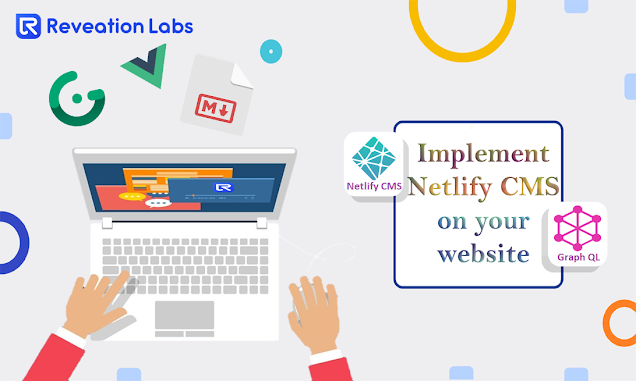Nuxt 2 vs Nuxt 3 vs Nuxt 3.6 : Choose the Right One
In the fast-paced world of web development, staying up-to-date with the latest frameworks and tools is essential to deliver top-notch digital experiences. Among the front-runners in the Vue.js ecosystem, Nuxt.js has been a go-to choice for developers seeking efficient server-side rendering (SSR) and static site generation (SSG) capabilities. With the recent releases of Nuxt 3 and its subsequent version, Nuxt 3.6, developers are presented with a range of options and advancements that can significantly impact their projects. In this comprehensive comparison, we'll delve into Nuxt 2, Nuxt 3, and the latest Nuxt 3.6 to help you make an informed decision for your next web development Project. Nuxt 2: Laying the Foundation Nuxt 2 , the predecessor to the latest iterations, has been a cornerstone for Vue.js developers for its ability to seamlessly handle server-side rendering and static site generation. It’s conventional approach offers a stable and well-te...

